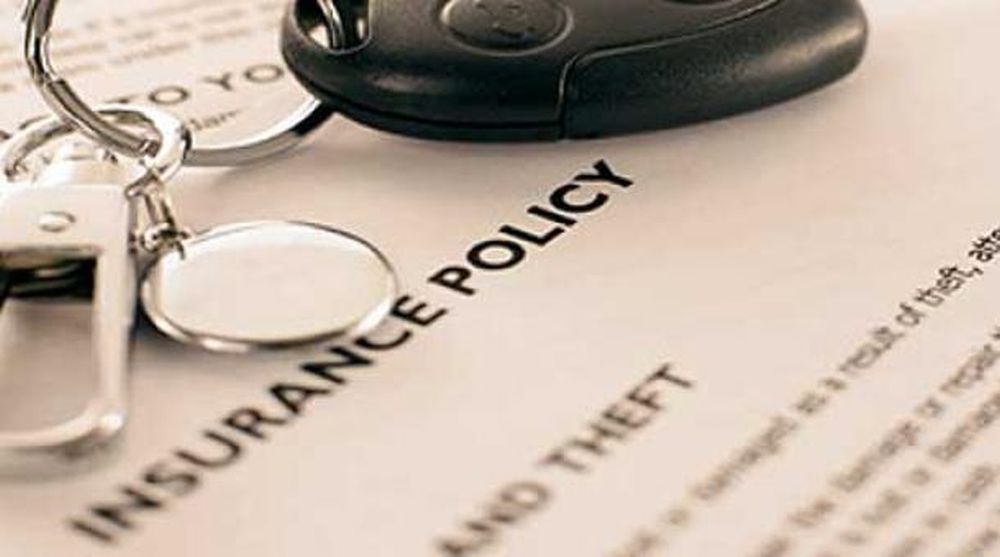The Pros and Cons of Gap Insurance for Auto Owners
Gap insurance is a type of auto insurance that helps cover the remaining balance on your vehicle loan or lease if your car is stolen or totaled. It can be an invaluable financial tool in ensuring that you don’t lose any money in the event of an accident. But, is gap insurance the right choice for you and your auto ownership situation? Let’s look at some of the pros and cons of gap insurance for auto owners.
One of the biggest benefits of gap insurance for auto owners is the sense of security that it brings. Knowing that you can recoup the entire amount of your loan or lease if your car is totaled in an accident is incredibly reassuring. Fortunately, gap insurance coverage is relatively affordable and can be purchased for just a few dollars per month. This can help ensure that you don’t lose out if you ever suffer a total loss.
On the other hand, gap insurance is not for everyone. For auto owners who leased their vehicles, gap insurance may not be necessary since most leasing agreements waive any remaining payments in the event of an accident. Additionally, for people with car loans, gap insurance is most beneficial when the loan amount is greater than the market value of the car. If your loan amount is within 10 to 20 percent of the market value of the car, you may not need gap insurance.
In addition, understanding the rules and regulations of gap insurance can be tricky for a lot of auto owners. Not only is it important to know how to get the appropriate coverage, but you should also familiarize yourself with any policies or deductibles according to your specific provider. It’s also important to decide when the best time is to purchase gap insurance in order to ensure that you’re able to recoup the most amount of money if you need it.
All in all, gap insurance can be a great solution for auto owners to get the necessary protection in the case of an accident. Knowing the ins and outs of your provider, the market value of your car, and the rules of the policy can help make the decision a lot easier. However, before you commit to any decision, it’s important to make sure that it’s the right choice for you.
If you are an auto owner then it’s important to consider getting gap insurance as it can provide much-needed financial security and protection in the event of an accident. While it may not be a necessary choice for some, it’s a great option for those who can benefit from it. Gap insurance can help make sure that the entire amount of your loan or lease is covered if your car is totaled due to an accident, which can provide a great deal of financial relief in such a stressful time.
Furthermore, gap insurance coverage is generally quite affordable. Rates can vary depending on your specific provider, but you can often get sufficient coverage for just a few dollars per month. So if you’re looking to make sure that all the money you put into your car or lease is protected, then gap insurance may be worth looking into.
Of course, just like any type of insurance, there may be some drawbacks to gap insurance as well. For auto owners who leased their vehicles, it may not be necessary since most leasing agreements waive any remaining payments in the event of an accident. Additionally, for people with car loans, gap insurance is most beneficial when the loan amount is greater than the market value of the car. If your loan amount is within 10 to 20 percent of the market value of the car, you may not need gap insurance.
Because of this, it’s important to thoroughly research your gap insurance provider and make sure you understand the policy rules and regulations. This way, if you ever have an accident, you can rest assured that your financial interests are protected.
Now, lets look at other related topics, such as how you can use gap insurance to your advantage, the types of gap insurance coverage available and the factors you should consider when selecting the coverage that is right for you. When it comes to using gap insurance to your advantage, the main thing to keep in mind is that gap insurance will cover any remaining balance on your loan or lease in the event of an accident. This means that if your car is totaled due to an accident, you won’t have to pay the remaining amount of your loan or lease. This financial security can be invaluable in such a stressful situation, giving you peace of mind that your finances won’t suffer.
When it comes to the types of gap insurance coverage available, there are a few major types that you should consider. The most common type of gap insurance is called new car gap insurance, which is designed for situations where the loan or lease amount exceeds the market value of the car. This ensures that even if you owe a considerable amount on your loan or lease, you wont have to worry about paying it back if something happens to your car.
Another type of gap insurance is known as used car gap insurance. This type of coverage is designed for those who have a loan or lease amount that matches but is still lower than the market value of the car. This type of coverage ensures that in the event of an accident, you wont have to pay the amount that exceeds the market value of the car.
Additionally, you may also be able to get gap insurance through your cars manufacturer. Many manufacturers offer gap insurance that is designed to cover any remaining balance on your loan or lease should you experience a total loss. However, this type of gap insurance coverage may be more expensive than what you can get through an independent insurer.
Finally, when selecting the coverage that is right for you, its important to consider your vehicles market value, the amount of your loan or lease, and your budget. Considering all these factors can help you choose the best policy for your needs and ensure that you are adequately protected in the event of an accident.
Overall, gap insurance is an invaluable financial tool that can help protect your car loan or lease in the case of an accident. While it may not be the right choice for everyone, understanding the pros and cons and researching the best types of coverage can help you make an informed decision.

